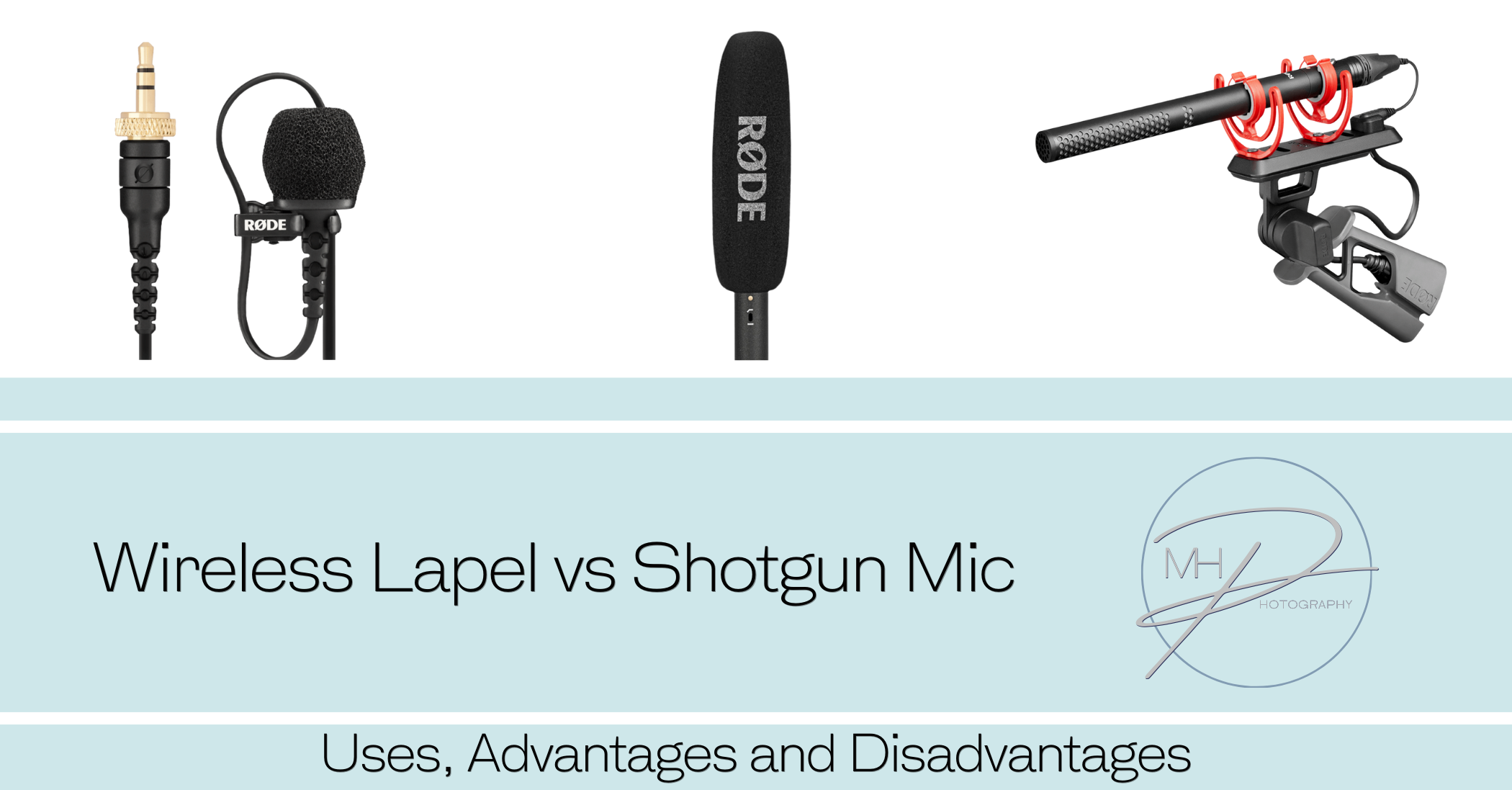
Wireless Lapel vs Shotgun Mic
Wireless Lapel Mic (Lavalier Mic) Best For: Interviews, vlogging, on-the-go shooting, and capturing clear dialogue in a controlled environment.
Mastering Creative Control Through Your Lens
There’s a quiet power in understanding your camera beyond “Auto.” It’s like moving from humming along to composing your own melody. Shooting in manual mode isn’t just about knobs and numbers—it’s about seeing the world with intention, painting with light, and telling stories on your own terms.
If you’re a beginner photographer ready to step out of the safe zone and into full creative control, this guide is for you. Whether you’re working with a Nikon Zf, Canon R8, Fujifilm X-T50, or even your first entry-level DSLR or mirrorless model—manual mode is where the real magic begins.
Manual mode (often symbolised as M on your camera’s dial) allows you to control the three key elements of exposure:
In auto or priority modes, your camera makes decisions for you. But manual mode gives you full authorship—allowing you to shape mood, movement, depth, and light exactly how you envision it.
Imagine a triangle. Each side represents one setting: shutter speed, aperture, and ISO. Together, they create a balanced exposure. But here’s the magic—by shifting one side, you shift the feeling of your image.
1. Shutter Speed – Painting with Time
Try this: Photograph waves crashing at 1/1000s. Then try 1/2s with a tripod—see the story change.
2. Aperture (f-stop) – Depth and Dreaminess
Tip: Want that creamy background (bokeh)? Use a wide aperture and step closer to your subject.
3. ISO – Sensitivity to Light
Pro trick: Embrace grain when it suits the mood. A little ISO texture in candlelight can feel poetic.
1. Set ISO First – Base this on your environment.
2. Choose Aperture Based on Creative Intent
3. Adjust Shutter Speed to Balance Exposure
4. Take a Test Shot – Then refine:
Shooting in manual doesn’t mean abandoning intuition. In fact, it’s the opposite. It’s about slowing down, observing light, feeling the scene, and building a frame with intention.
You don’t have to nail every shot. Manual mode is where you experiment. It’s where “mistakes” become lessons, and lessons become your personal style.
Shoot the Same Scene Three Ways:
Review the differences. What speaks to you? What feels more like your voice?
Shooting manual is less about perfection and more about presence. It’s about noticing how the light dances across someone’s cheek. How the breeze moves a curtain. How a shadow shapes a story.
So go ahead—step into manual mode. Make the frame yours. Tell your story, your way.
You’ve got this.
PS, If you found this helpful please let me know by leaving a comment below and sharing on social.
PPS, If you are struggling with anything photography related feel free to email or message me I’d love to help out anyway I can.

Hi, I’m a professional photographer with a passion for capturing moments that tell powerful stories—whether it’s backstage with the Australian Ballet, on assignment as a press photographer, or creating striking brand imagery. With years behind the lens and a love for both the technical and creative sides of photography, I’m here to share insights, tips, and real-world experiences to help you grow your skills and find your own visual voice. Thanks for being here—let’s create something extraordinary.

Wireless Lapel Mic (Lavalier Mic) Best For: Interviews, vlogging, on-the-go shooting, and capturing clear dialogue in a controlled environment.
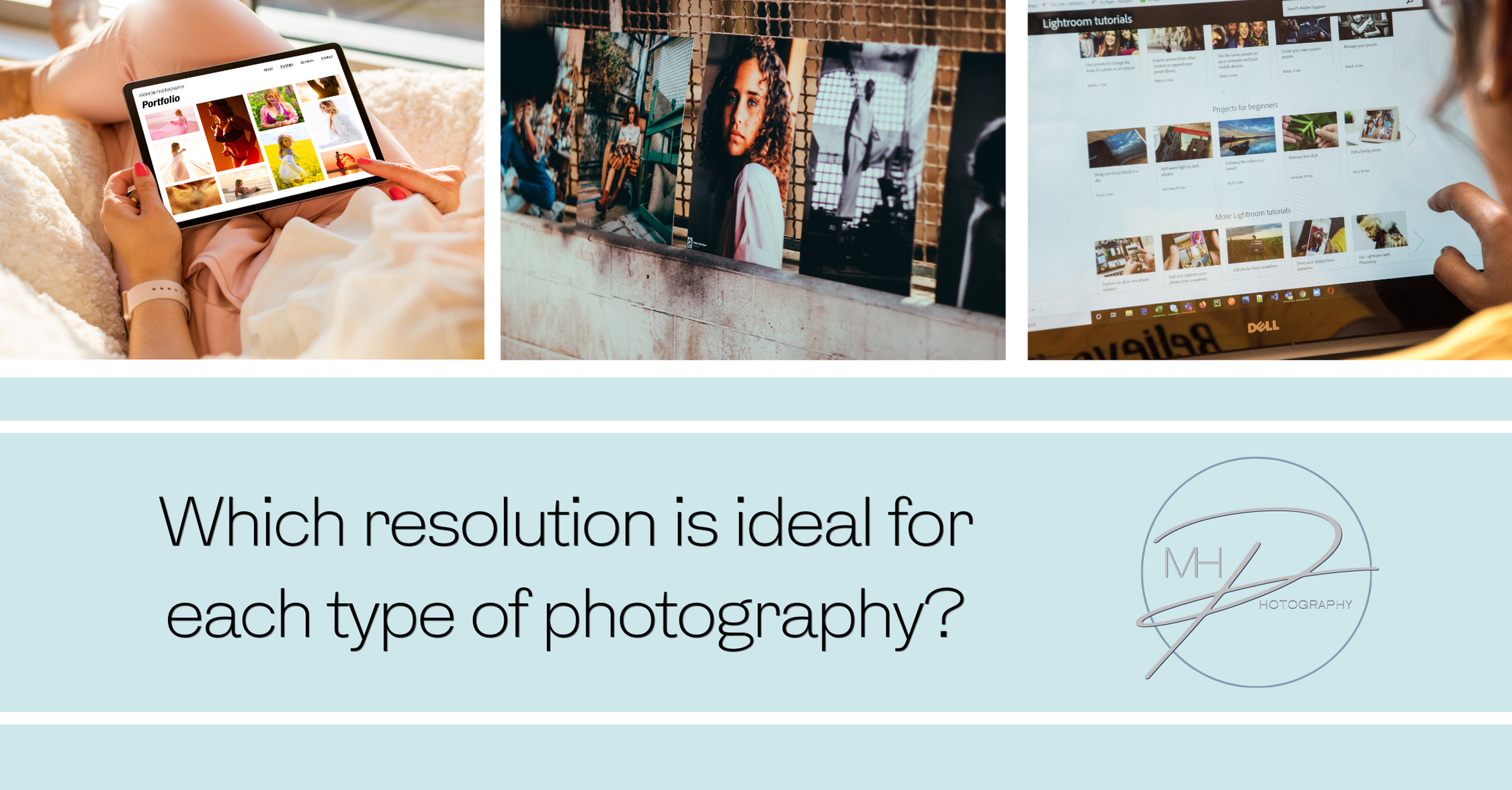
Which resolution is ideal for each type of photography? The ideal resolution for different types of photography depends on how
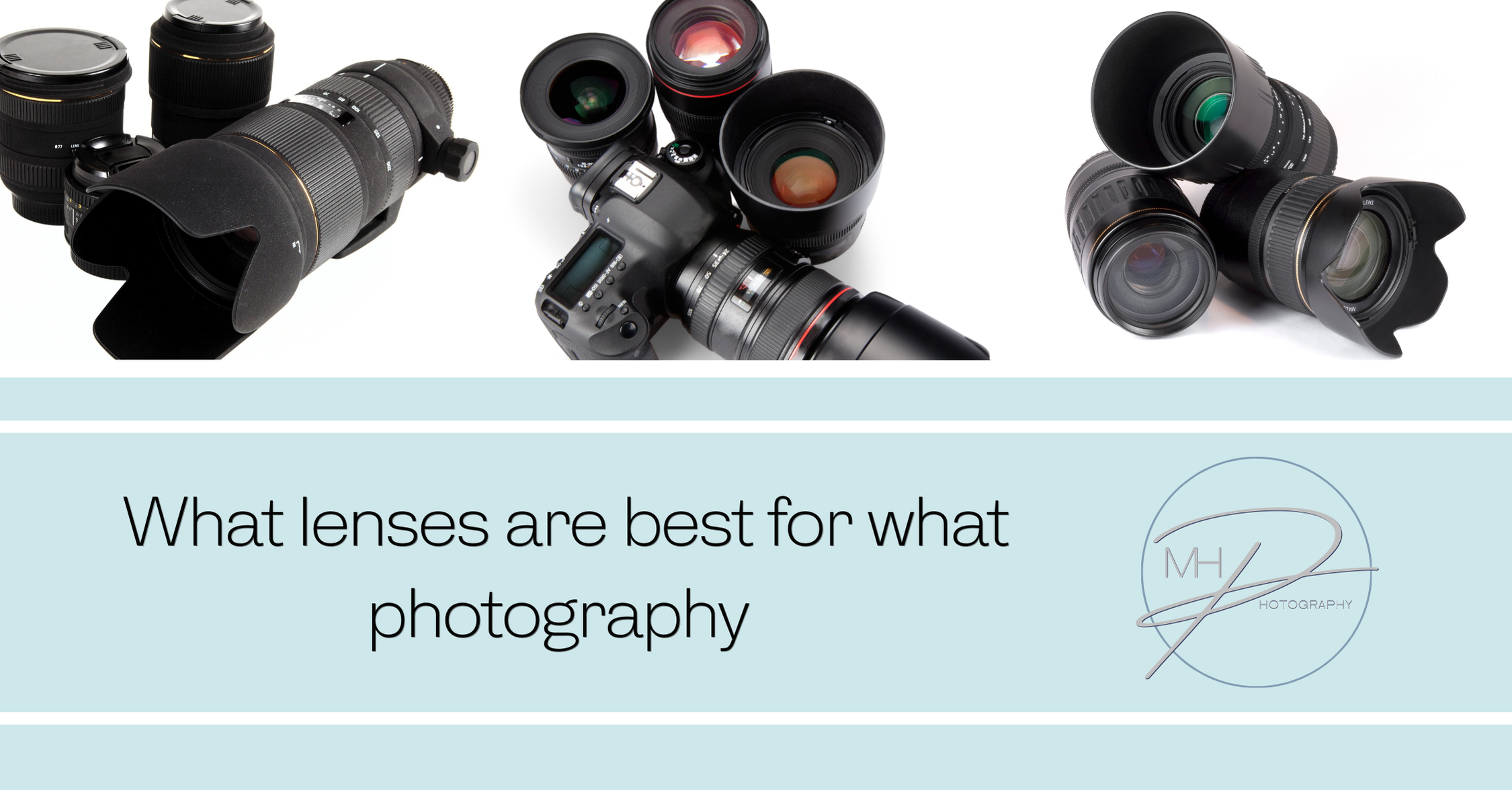
What lenses are best for different types of photography Choosing the right lens for photography depends on the type of
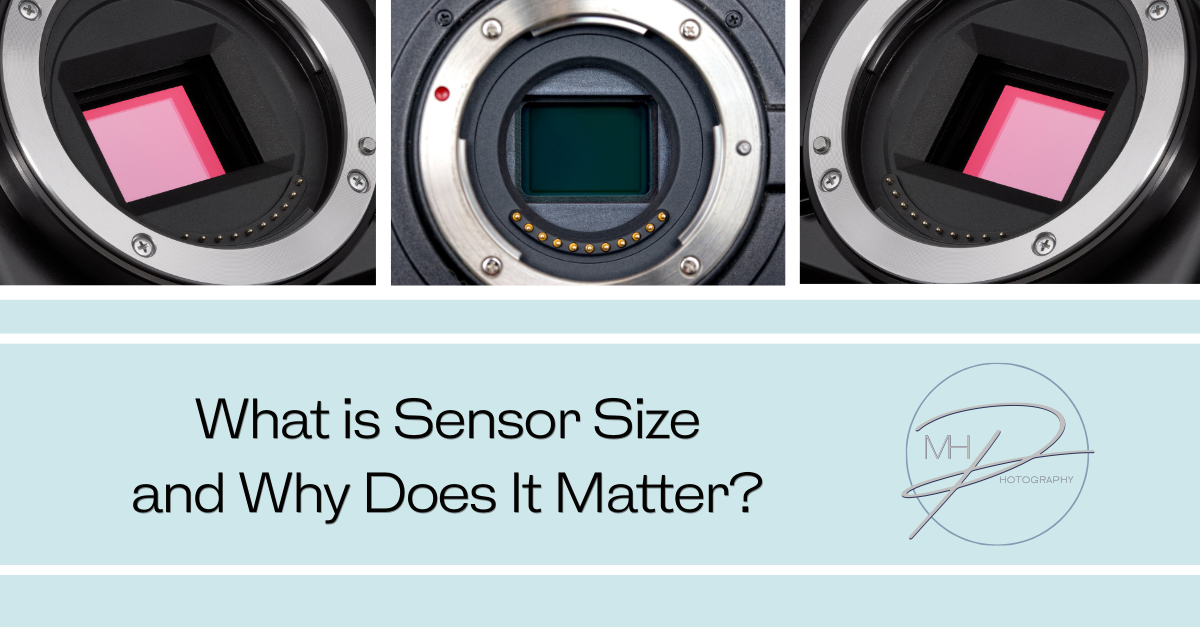
What is Sensor Size and why does it matter? When purchasing a camera, the sensor size plays a crucial role
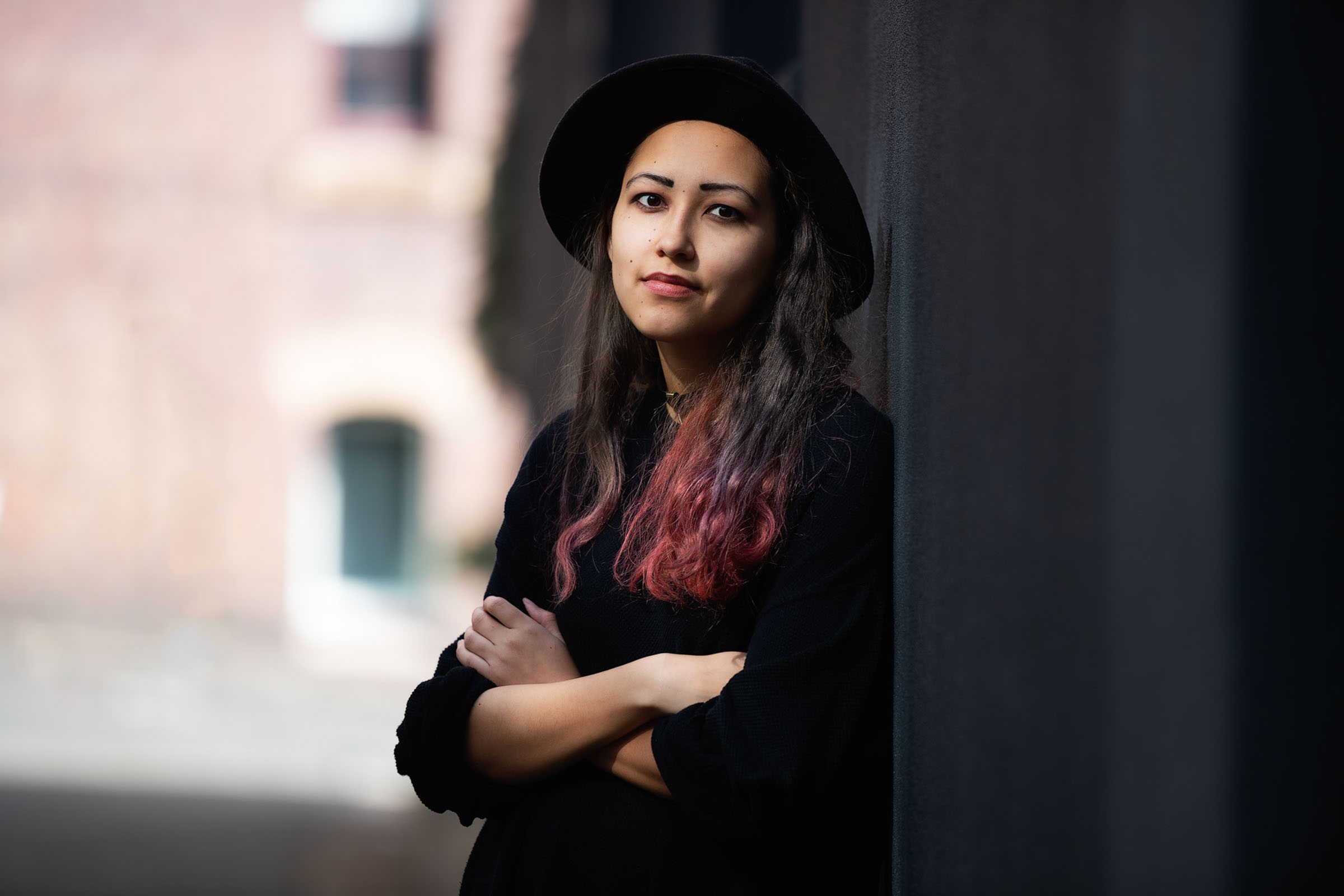
A Beginner’s Guide to Beautiful Lighting Natural light is one of the most beautiful and accessible tools in a portrait
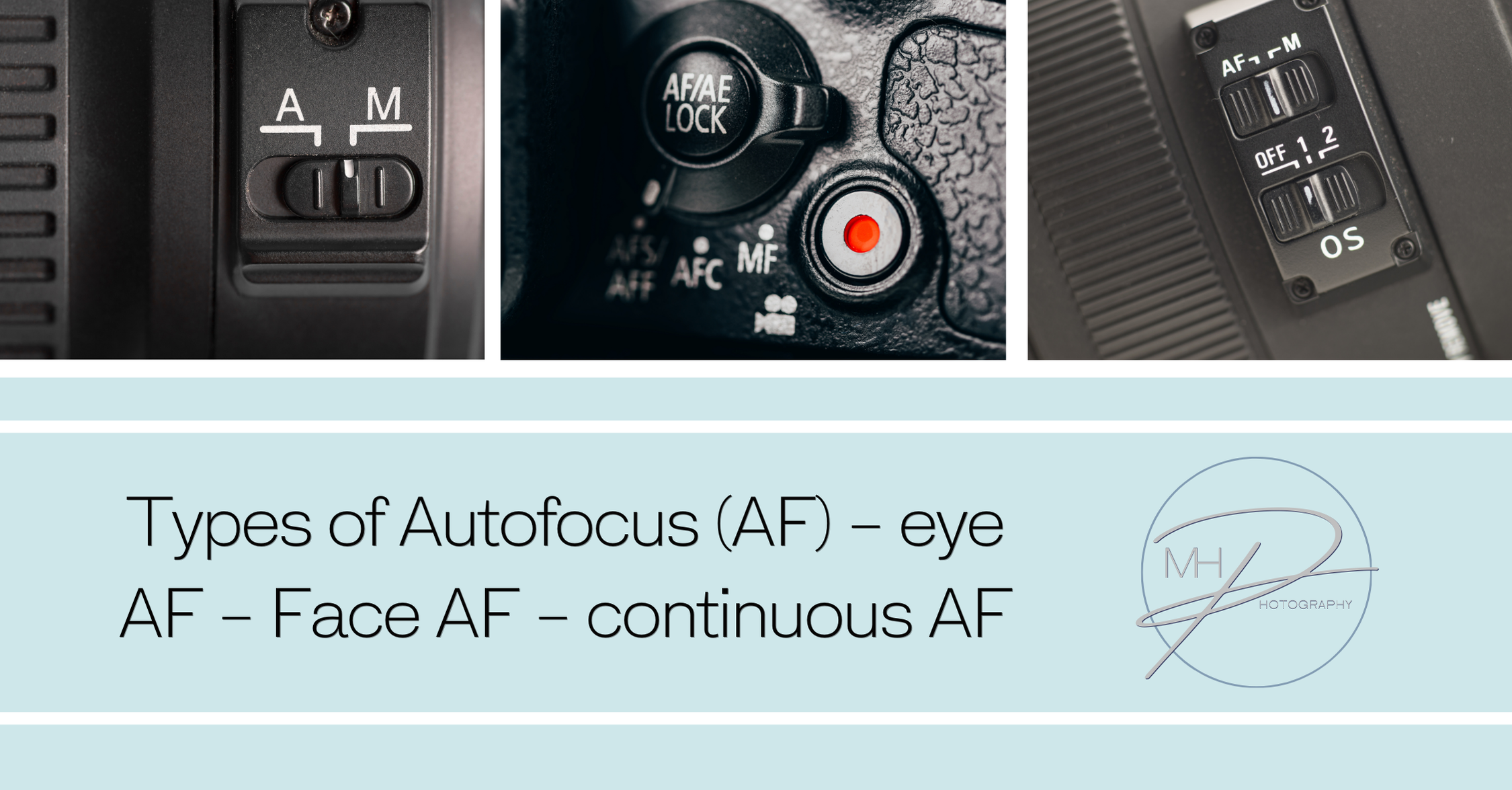
Types of Autofocus (AF) Autofocus (AF) is a critical feature in modern cameras, ensuring subjects are sharp and well-defined. Different

Tripod Heads Tripods are an essential tool for both photographers and videographers, offering stability and flexibility for capturing shots. The

Keeping your camera gear clean is essential for maintaining image quality and prolonging the life of your equipment. The right
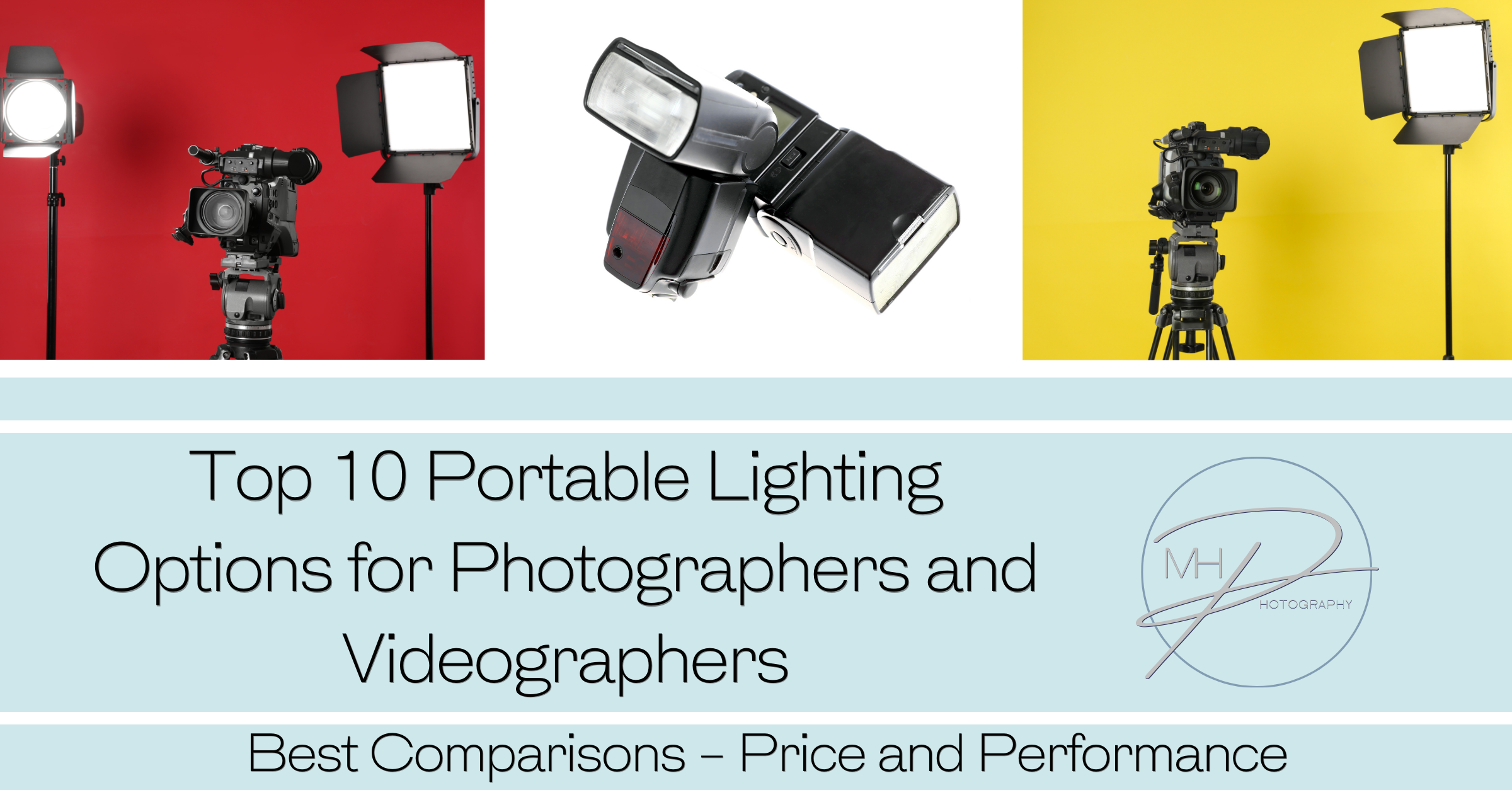
Best Comparisons on Price and Performance Portable lighting is essential for photographers and videographers who need reliable, on-the-go lighting for

Best Comparisons Choosing the right camera strap is crucial for comfort and accessibility while shooting. A high-quality strap can make
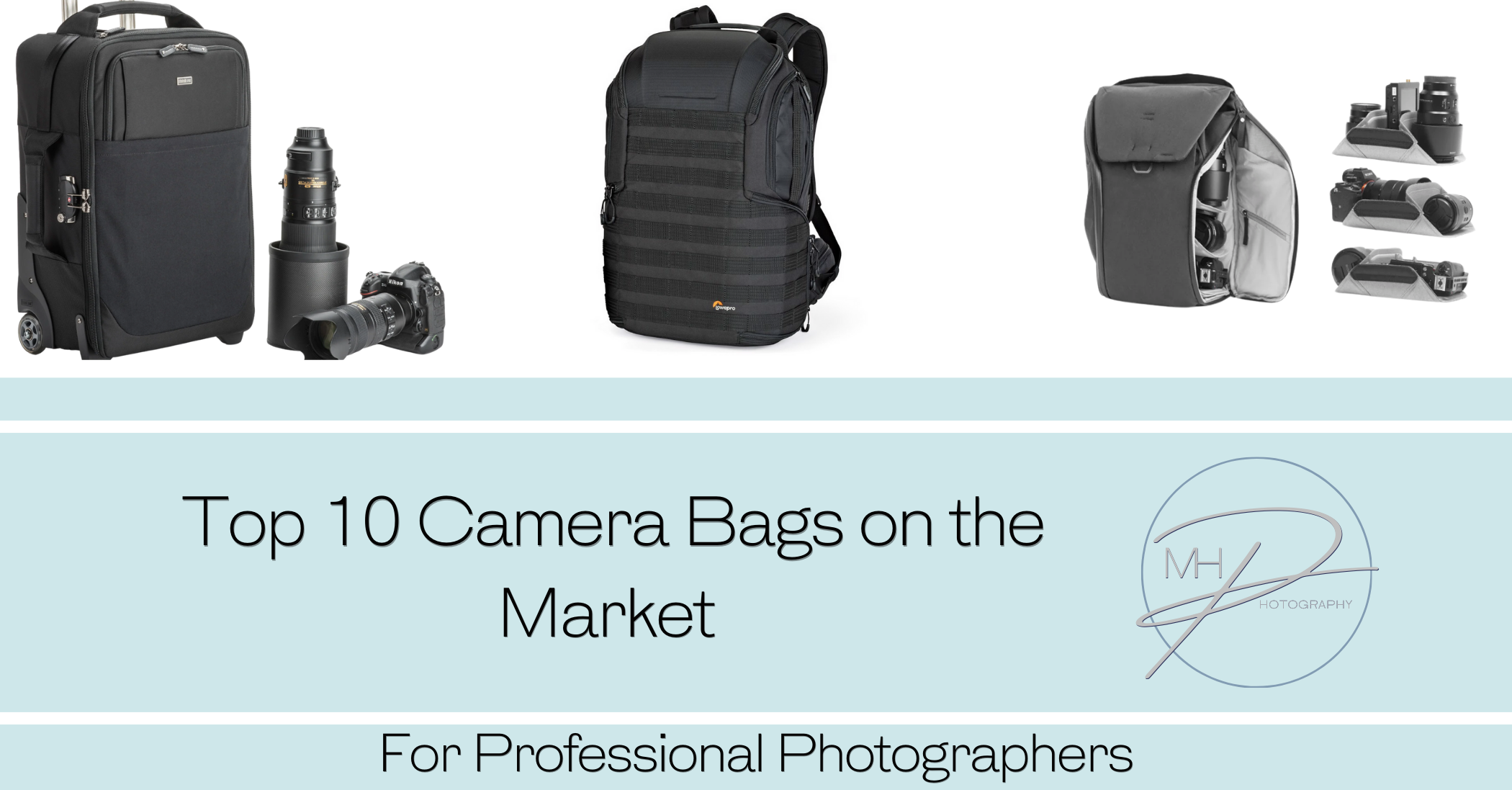
Top 10 Camera Bags Selecting the right camera bag is essential for photographers, particularly professionals who require both functionality and

The top 10 video editing software options Here’s a detailed comparison of the top 10 video editing software used by